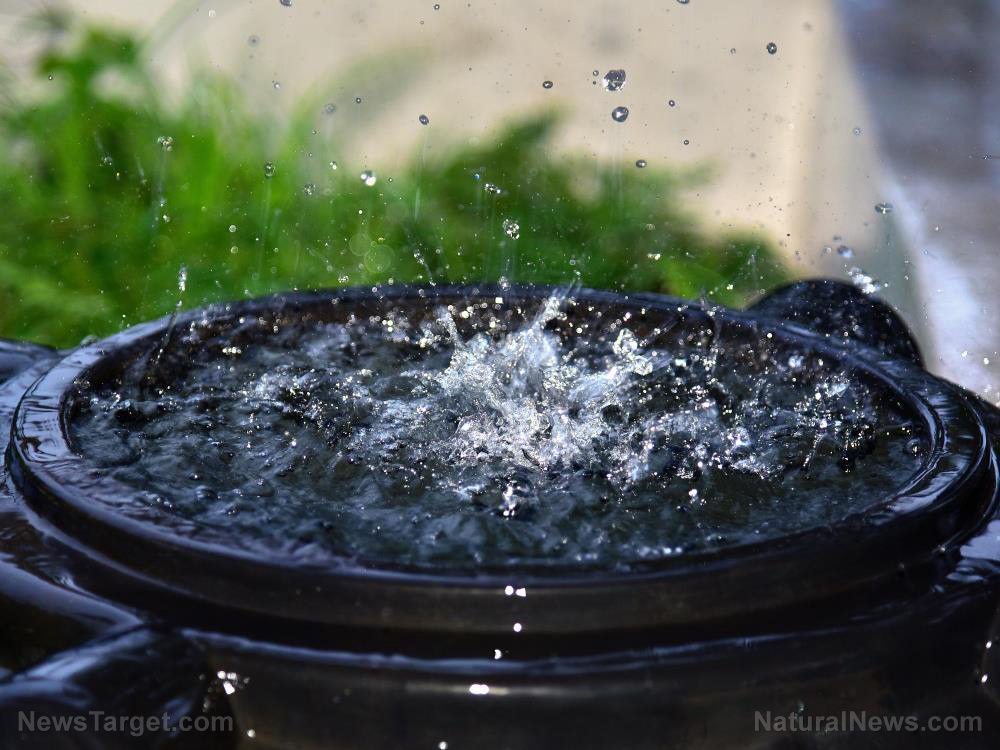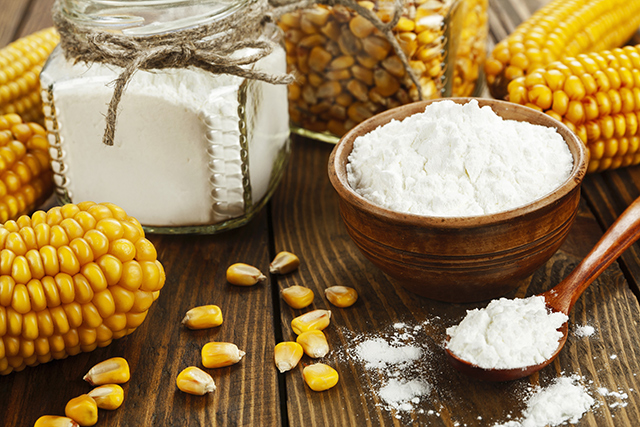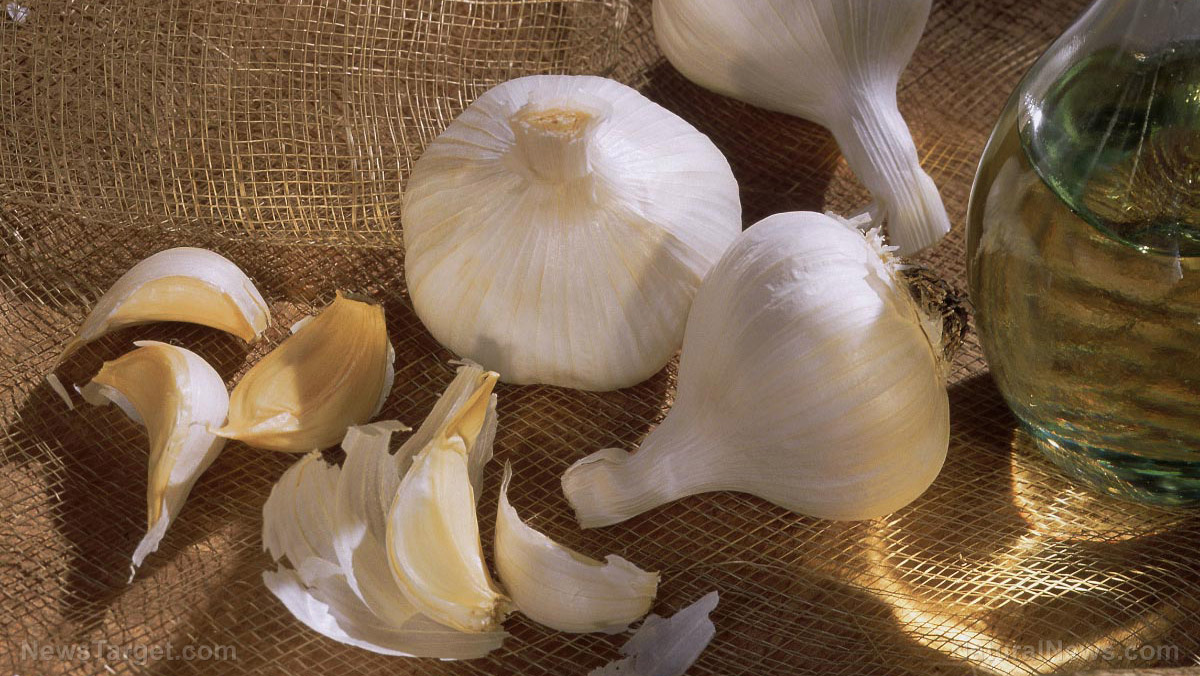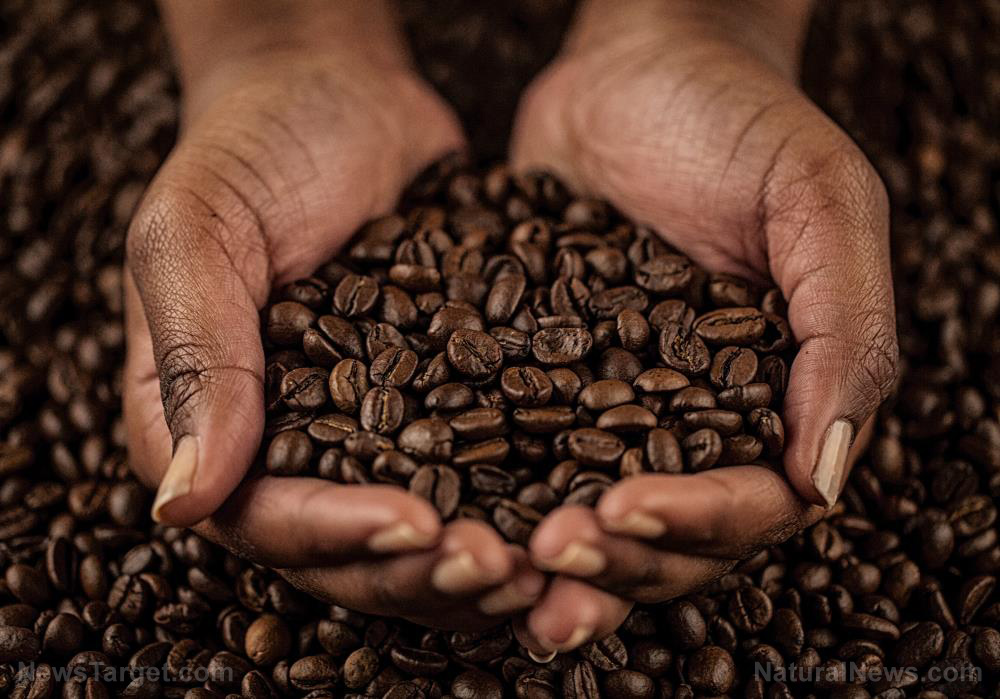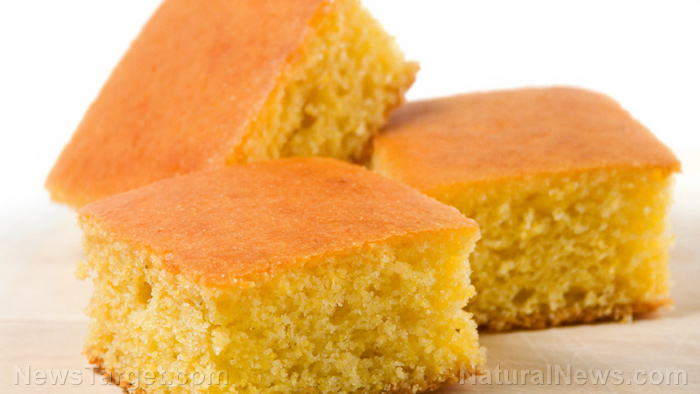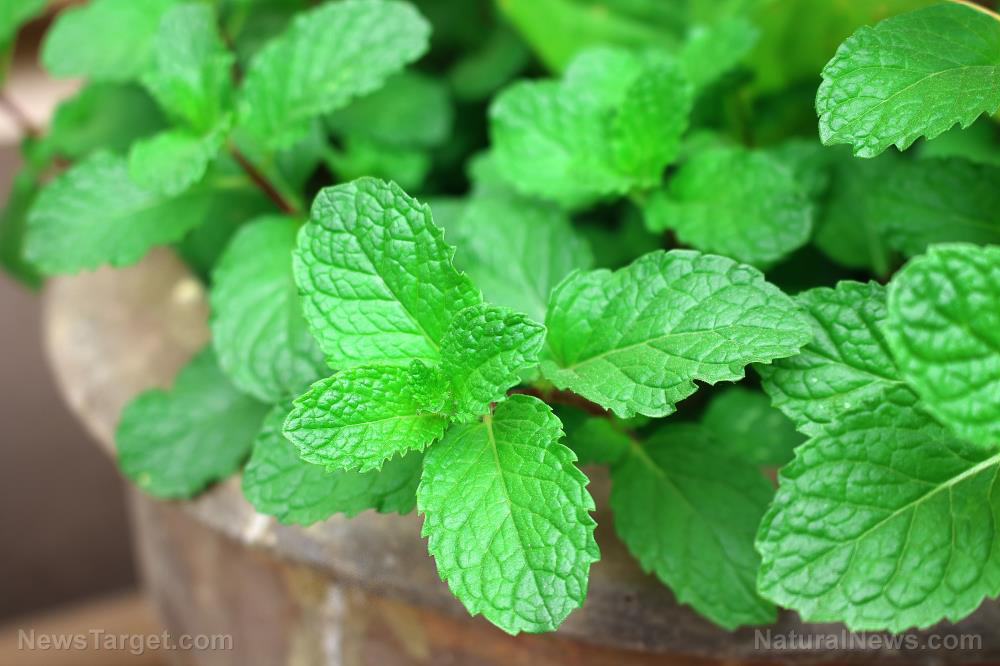These veggies make the best companions in your garden and will grow better
03/18/2016 / By usafeaturesmedia

(Homesteading.news) “Companion planting” can be referred to as the planting of different types of crops in close proximity in order to control pest, pollination, providing better environment for beneficial creatures, making use of the available space and generally increase productivity. This type of planting is also a form of polyculture.
It is important for plants to have good companions for them to thrive, therefore as a farmer, embracing this form of farming will greatly give you multiple profits. Many farmers and gardeners in both developed and developing countries use companion planting for many reasons.
Just like with human beings, in plant communities, certain plants support each other while others totally don’t get along. Plants also compete and fight for resources. In companion planting, plants do good to each other by adding nutrients to the soil, getting beneficial insects into the farm or even by confusing insects in search of their host plants. As a farmer or gardener, growing plants with good companions brings peace and smooth growth of your produce. Below are combinations of plants found to be of benefit to each other.
BEANS
In beans, you can use the following plants as companions for maximum benefit; beet, cabbage family, carrot, celery, chard, corn, cucumber, radish, potatoes, eggplant, strawberry and pea. However, there are other plants which also act as enemies to beans and should not be planted together. These include garlic, onion and shallot which stunt the growth of beans.
CARROTS
When practicing companion planting, you can choose to plant carrots as your main crop but add some few others to act as their companion. These plants will add nutrients and sometimes water to the soil in which your carrots are growing, making it a nice environment for your plants. Companion plants for carrots are tomato, bean, onion, pepper, radish, lettuce and chives.
CORN
Corn goes well with many types of companion plants which include pumpkin, tomato, squash, pea, parsley, bean, cucumber and melon.
BRASSICAS
Anyone growing this type of food plant should know that this plant do well when planted together with Nasturtium which is a food plant to some caterpillar which mostly feed on cabbage family (Brassicas). Some gardeners have proved that planting Nasturtium together with brassicas protects the food crop brassicas from damage because eggs of the pest will be laid preferentially on the nasturtium.
BEETS
Companion planting has proved to be a successful practice after increased yields were reported after implementing it. Plants like beet do well with companion plants like lettuce, onion, cabbage family and bush beans.
CUCUMBERS
For veggies lovers, planting cucumber could be a rewarding move and in-cooperating them with companion plants will surely boost your productivity. Cucumbers go well with beans, pea, corn, tomato, radish and cabbage family. However, you should be careful not to mix sage with cucumber because it is among the injurious plants to cucumber.
ONIONS
Gardeners all over the world have proved that cabbage family, beet, chard, carrot, pepper, lettuce, tomato, strawberry are the best companion plants for onions.
POTATOES
For anyone who plants potatoes, you may want to try the following companion plants for increased productivity; eggplant, beans, corn, pea and cabbage family. Planting horseradish at the corners of a potato patch provides maximum protection to your potato plants and the tubs.
TOMATOES
For tomatoes farmers, companion plants such as onions, cucumber asparagus, carrot, celery, pepper and parsley go well with tomato. You can also plant basil which will repel all flies and mosquitoes. Other companion plants that go well with tomatoes are borage, which keeps off tomato worms, improves growth and adds flavor.
STRAWBERRY
Thyme, spinach, onions, beans, lettuce all can be planted with strawberry as companion plants. Borage also works well with strawberry as it strengthens resistance to insects and plant diseases.
SQUASH
Squash belongs to the pumpkin family and has been proven to do well with companion plants such as melon, pumpkin and corn. As a farmer, you can also plant nasturtium with squash because it deters squash bugs and beetles.
PEAS
Peas can be planted alongside bean, corn, carrot, cucumber, turnip and radish as its companion plants. Mint can also be planted alongside peas because it improves its health and flavor.
Over the years, farmers have been able to understand which plants grow well together and which vegetables stunt each others growth. Some plants and vegetable benefit each other by improving the soil while others are completely toxic to each other. Companion planting therefore provide a perfect blueprint for high farm productivity.
See also:
Grow Bigger, Fatter, Better Tomatoes
Homesteading.news is part of the USA Features Media network of sites.
Tagged Under: companion planting, garden, homesteading, vegetables




